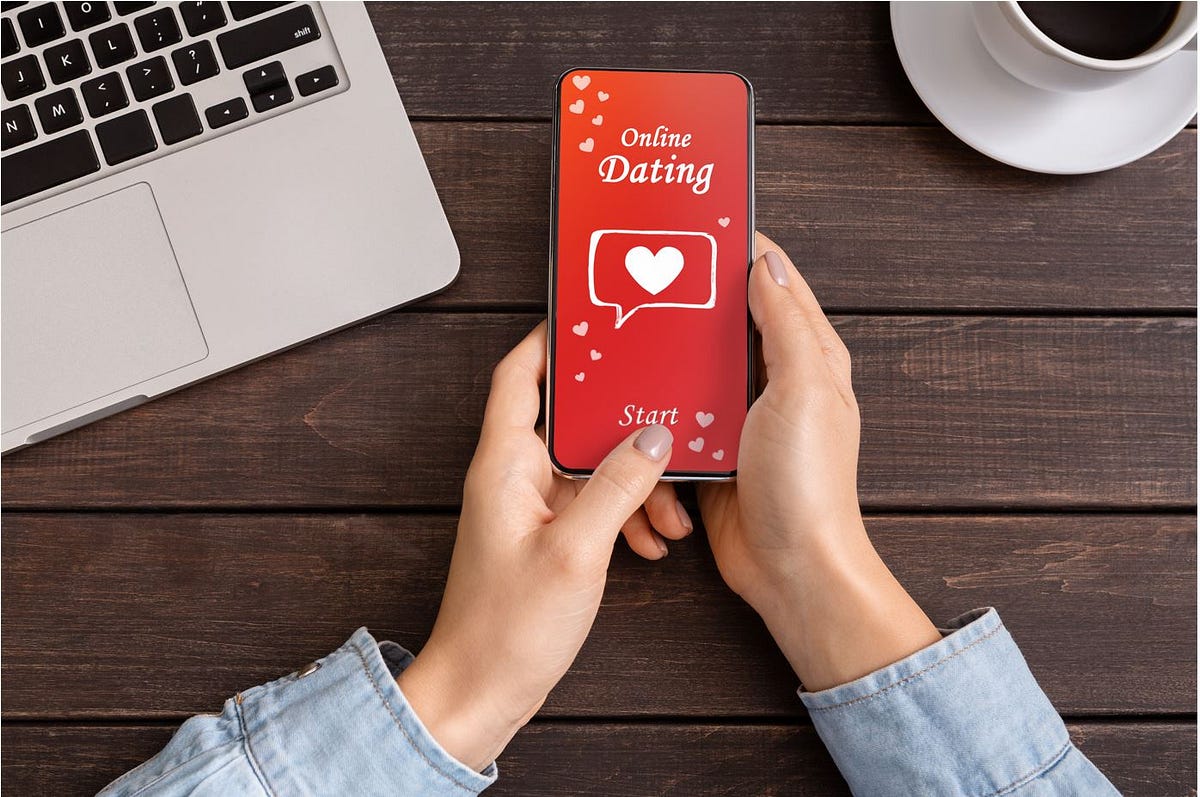Dating in today’s world is exciting, convenient, and filled with opportunities. Technology has transformed how people connect, making it easier than ever to meet potential partners through dating apps, social media, and matchmaking sites. At the same time, offline dating continues to thrive, whether through blind dates, social gatherings, or professional introductions.
But with these opportunities comes a reality that should never be ignored: safety. Whether you’re meeting someone online for the first time or going on a date in person, your well-being must always come first. Romance can make people overlook warning signs, and predators often exploit that vulnerability.
The good news is that by being intentional, informed, and cautious, you can enjoy the dating experience while minimizing risks. This guide provides a comprehensive roadmap on how to stay safe in both online and offline dating scenarios, offering practical tips, red-flag awareness, and proactive strategies to ensure your journey toward love is empowering—not dangerous.
1. Why Safety Matters in Dating
Before diving into strategies, it’s important to understand why safety in dating is non-negotiable.
-
The rise of online dating: Millions of people use apps like Tinder, Bumble, OkCupid, and Hinge. While most users have genuine intentions, scammers, catfishers, and manipulative individuals also thrive in these spaces.
-
Offline vulnerabilities: Meeting someone in person without adequate precautions can expose you to risks ranging from harassment to assault.
-
Emotional protection: Safety isn’t only about physical danger. Protecting your heart from manipulation, financial scams, or toxic behaviors is just as vital.
Ultimately, your safety ensures that dating remains enjoyable, empowering, and healthy.

2. Setting Boundaries From the Start
Boundaries are the foundation of safe dating. They define how you want to be treated and make it easier to identify when someone is crossing the line.
a) Know Your Non-Negotiables
Ask yourself:
-
What kind of communication makes me comfortable?
-
How soon do I want to meet in person?
-
Am I okay with video calls before physical meetups?
-
What behaviors are dealbreakers for me (e.g., aggression, excessive drinking, pushiness)?
b) Communicate Clearly
When you express your limits early on, you attract people who respect them and filter out those who won’t. Example:
-
“I prefer to chat a bit before exchanging phone numbers.”
-
“I’m not comfortable sharing my home address yet.”
c) Trust Your Intuition
If someone pressures you to lower your boundaries, see it as a red flag. Respectful people won’t push your limits.
3. Online Dating Safety Tips
Online dating is a powerful tool to meet new people, but it’s also the most common entry point for scammers and unsafe encounters. Follow these best practices:
a) Protect Your Personal Information
-
Don’t share your home address, workplace, or daily routines with someone new.
-
Avoid giving out financial details or personal documents.
-
Be cautious with photos that reveal too much (like showing your car plate or workplace uniform).
b) Verify Their Identity
Scammers thrive on fake profiles. To avoid falling into a trap:
-
Do a reverse image search of their photos to check if they appear elsewhere.
-
Suggest a quick video call before meeting to ensure they are who they claim to be.
-
Be wary if they avoid showing their face live.
c) Watch for Scams
Some common online dating scams include:
-
Romance scams: They profess love quickly and then ask for money.
-
Catfishing: They use fake pictures or stolen identities.
-
Investment scams: They push you toward cryptocurrency or get-rich-quick schemes.
If someone requests money or financial help early, end communication immediately.
d) Keep Conversations Within the App Initially
Dating platforms often have built-in safety features. Moving too quickly to WhatsApp, Telegram, or private email can expose you to risks. Only switch platforms once trust is established.
e) Spot Red Flags in Messaging
-
They avoid answering direct questions.
-
They rush intimacy, calling you “baby” or “soulmate” too soon.
-
Their stories don’t add up.
-
They pressure you to meet immediately or to share sensitive info.
If your gut tells you something is off, listen.
4. Safe Transition From Online to Offline
When you decide to meet someone offline after connecting online, plan with care.
a) Video Call First
This step is invaluable. It helps you confirm their identity, read body language, and build comfort before meeting.
b) Choose the Right Timing
Don’t rush. Take your time to build trust. If they’re genuinely interested, they’ll respect the pace.
c) Share Your Plans With a Friend or Family Member
Always tell someone:
-
Who you’re meeting.
-
Where you’re meeting.
-
What time you expect to return.
You can even share your live location using apps like Google Maps or WhatsApp.
5. Offline Dating Safety Tips
When you’re finally meeting in person, these steps ensure your safety:
a) Pick a Public Place
Always meet in a public location like a café, restaurant, or park. Avoid private homes or secluded areas for early dates.
b) Control Your Transportation
-
Use your own car or ride-hailing service.
-
Avoid letting them pick you up from your home until you feel comfortable.
-
Have a backup plan to leave if things go wrong.
c) Keep the First Date Short
An initial meeting doesn’t have to be an all-night dinner. A coffee date or lunch allows you to test compatibility without feeling stuck.
d) Monitor Your Food and Drinks
Unfortunately, drink spiking is a real risk.
-
Never leave your drink unattended.
-
Don’t accept drinks you didn’t see poured.
-
If you feel dizzy or unwell suddenly, alert staff immediately.
e) Stay Sober and Alert
While alcohol may help calm nerves, too much reduces your judgment. Stay clear-minded so you can make safe choices.
f) Plan an Exit Strategy
Arrange in advance how you’ll leave if uncomfortable. Have a friend call you at a set time as a check-in.
6. Recognizing Red Flags Offline
Safety isn’t just about physical measures—it’s about awareness. Watch for these behaviors:
-
They get angry if you say “no.”
-
They try to pressure you into intimacy early.
-
They isolate you from others or discourage communication with friends.
-
They avoid direct answers about their life or background.
These are signs of control or manipulation. It’s better to walk away early.
7. Balancing Openness With Caution
One of the hardest parts of dating is balancing being open with being cautious. If you’re too guarded, it may block genuine connections. But if you’re too trusting too soon, it may expose you to risk.
The key is gradual trust-building. Share small details about yourself over time, increasing depth only after they’ve demonstrated consistency and respect.
8. Social Media Safety While Dating
Many people connect or check each other out on Instagram, Facebook, or TikTok before meeting. This can be helpful—but also risky.
a) Be Mindful of Oversharing
Avoid posting real-time location updates or check-ins when you’re with a new person. Predators can track patterns.
b) Use Privacy Settings
Keep your social media private until you feel comfortable.
c) Separate Dating From Social Media Initially
It’s okay to keep your dating life within the app until trust is established. You don’t owe anyone access to your personal life early on.
9. Protecting Your Emotional Safety
Physical safety is critical, but emotional safety matters too. Many people get hurt in relationships because they ignore early signs of emotional manipulation.
a) Watch for Love Bombing
This happens when someone showers you with attention, gifts, or declarations of love too quickly. It feels flattering but is often a manipulation tactic.
b) Don’t Ignore Inconsistencies
If their words and actions don’t align, trust actions. A person who says they value honesty but hides things frequently is not trustworthy.
c) Pace Yourself Emotionally
It’s okay to feel excited, but don’t rush commitment. Building emotional safety takes time.
10. Cultural and Social Considerations
Safety precautions vary depending on your culture, environment, and social norms. For example:
-
In conservative societies, dating itself may attract judgment—so privacy is key.
-
In busy cities, scams are more common, requiring extra digital security.
-
In smaller communities, anonymity may be harder, so discretion matters more.
Adapt these tips to your environment.
11. What to Do If You Feel Unsafe
Despite precautions, you may still find yourself in an uncomfortable or dangerous situation. Here’s what to do:
-
Trust your instincts: If something feels wrong, leave immediately.
-
Use a code word with friends: A simple text can signal you need help.
-
Contact authorities: Don’t hesitate to call emergency services if you feel threatened.
-
Block and report: On dating apps, report suspicious users to protect others.
12. Building a Support System
Dating safety isn’t a solo effort—you can strengthen it by involving others.
-
Share updates with trusted friends.
-
Join communities: Many online forums and groups provide support and tips for safe dating.
-
Rely on technology: Use safety apps like Noonlight or SafeTrek, which connect you quickly to emergency services if needed.
13. Long-Term Safety in Established Relationships
Safety isn’t only about early stages of dating. Even long-term relationships can become unsafe. Warning signs include:
-
Controlling behavior.
-
Emotional or verbal abuse.
-
Isolation from loved ones.
-
Physical aggression.
If you notice these signs, seek help immediately. Hotlines and support organizations exist worldwide to assist people in unsafe relationships.
14. Final Thoughts
Dating should be joyful, exciting, and fulfilling—not scary. By prioritizing safety, you empower yourself to fully enjoy the process without unnecessary risks.
To recap the essentials:
-
Set boundaries and stick to them.
-
Be cautious with personal information online.
-
Verify identities before meeting.
-
Choose safe, public places for offline dates.
-
Stay alert to red flags and trust your instincts.
-
Protect both your emotional and physical well-being.
High-quality dating experiences are built on respect, trust, and safety. When you prioritize your well-being, you don’t just protect yourself—you also signal to others that you value healthy, genuine connections.
Love may involve risk, but with smart strategies, you can reduce danger and maximize your chances of finding a meaningful, safe, and lasting relationship.
